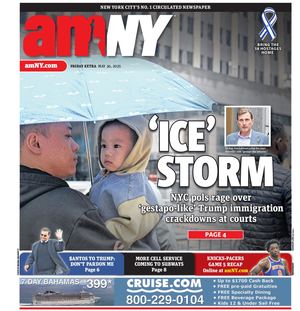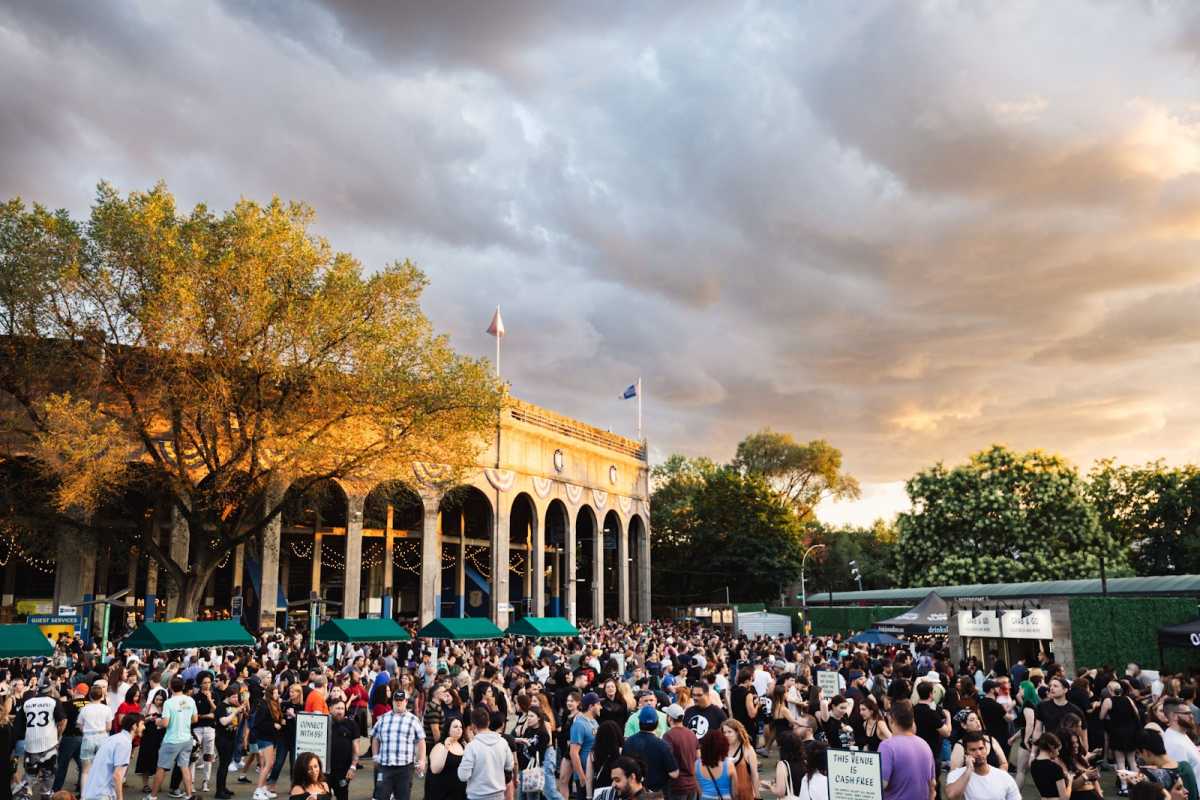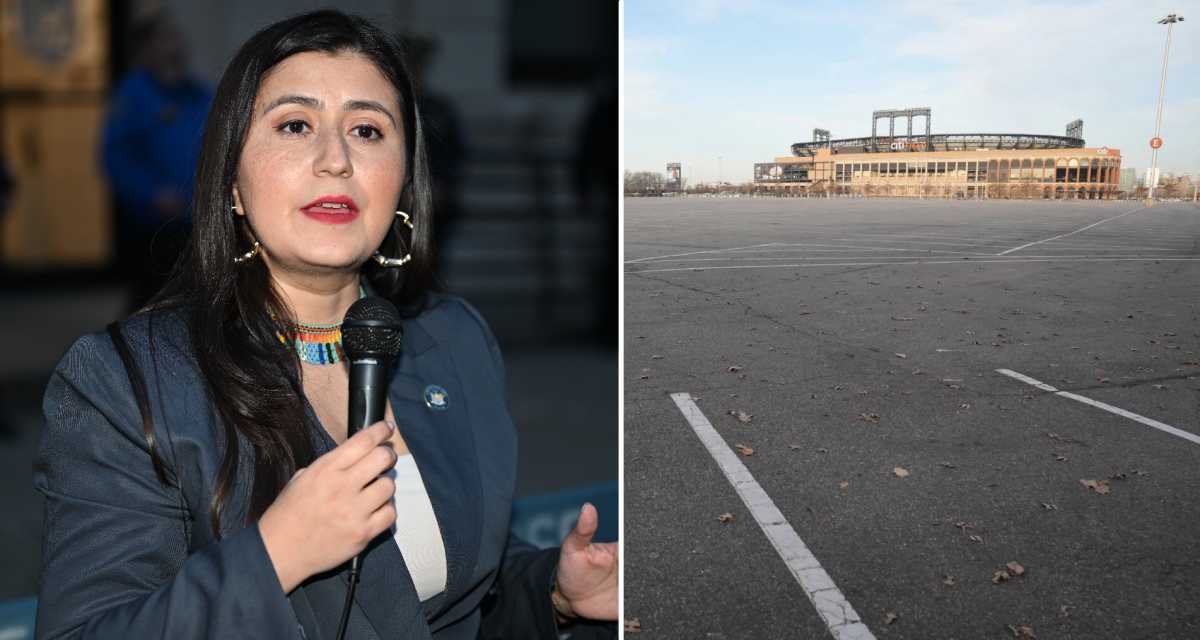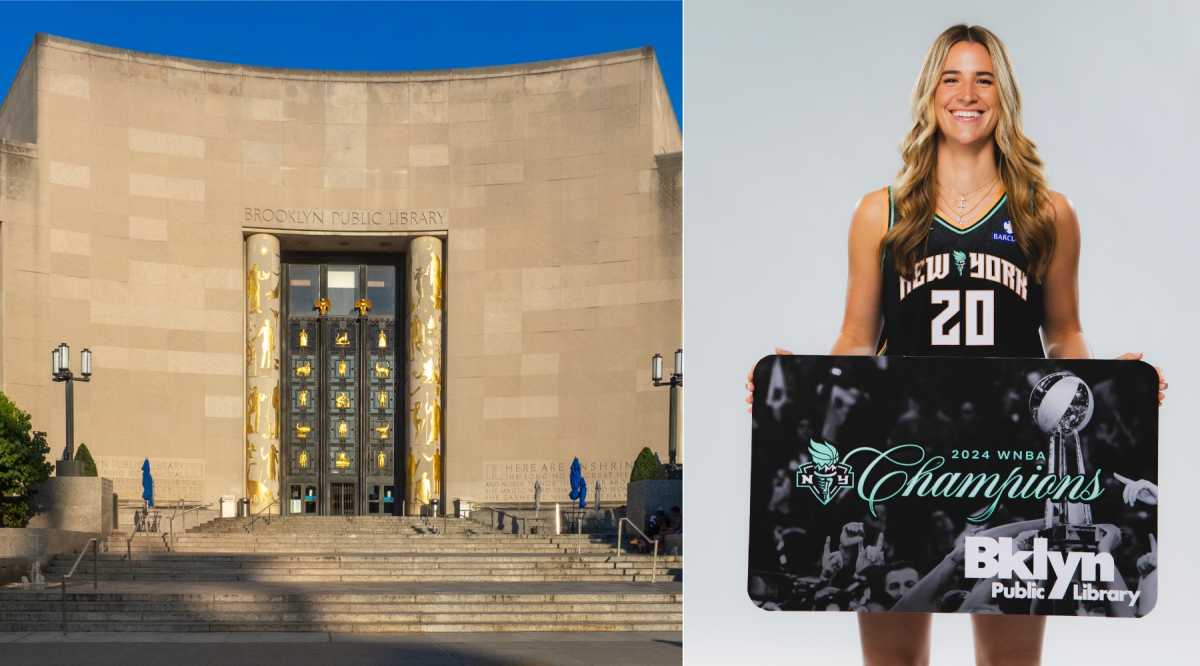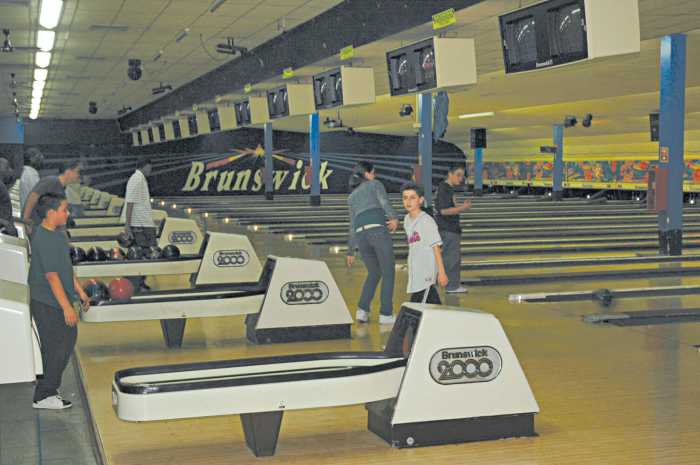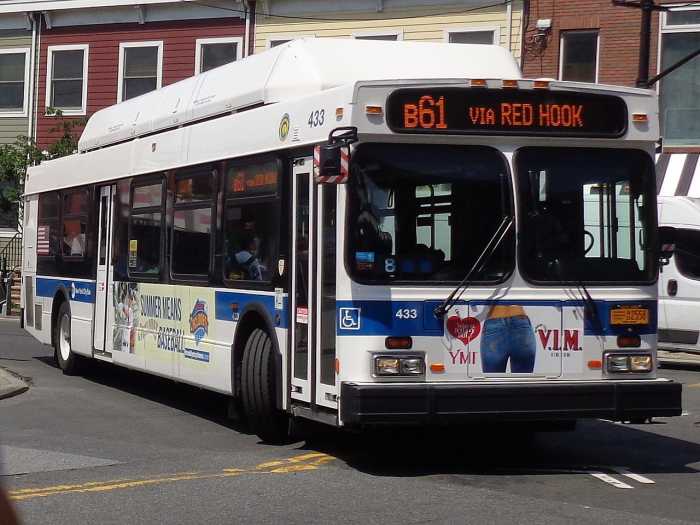What if there were no cars in New York City?
On this year’s Earth Day, April 22, that unlikely hypothetical will come true on a few Manhattan blocks.
The push for a “Car Free Day” in NYC was announced Wednesday by City Council member Ydanis Rodriguez, chair of the council’s transportation committee. For those interested in avoiding the smog for a block or two, the car-free zones will be found on Broadway from the Flatiron Building to Union Square; Wadsworth Avenue in Washington Heights from 173rd to 177th, and the streets around Washington Square Park.
Those particular streets aren’t as traffic choked as some parts of Broadway, but they have a larger symbolic value: They form a rim around the small park that New York’s master builder, Robert Moses, wanted to pave over for a highway. Jane Jacobs, the activist who helped block the highway, had a very different vision for how to use streets — she saw them on a more human scale, promoting social interaction.
It’s been more than half a century since that showdown. What’s next?
Silly driver, streets are for people
There are a number of reasons to think about a less car-centric future in NYC.
A 2014 study conducted by the city found that gas-burning vehicles contributed to almost a quarter of the city’s greenhouse gas output. Minimizing that impact would have important consequences in air quality and reducing our carbon footprint.
Second is practicality.
“Single occupancy car usage is one of the least efficient ways of getting around,” Rodriguez said Wednesday.
Cars mean gridlock, crashes and cumulative hours spent circling for parking. In a city like New York, other transit options evoke hopes for a better world — a well-functioning subway is far more efficient than a fleet of cars, ride-hail-app operated or not.
Russell Murphy, deputy chief of staff for Rodriguez, says their office is working with FedEx and local universities to reduce their NYC-based car fleets this Earth Day. NYC Water Taxi and Citibike are offering deals, encouraging people to take advantage of non-automotive transportation.
Looking to the future
These are good steps forward for creating a more livable city organized for people, not just cars, but it has to be more than one day.
Large-scale plans like Bloomberg-era congestion pricing, which planned to use tolls to mitigate traffic, might have more of an effect. That plan transformed into MoveNY, an altered version that focuses more specifically on Manhattan, but is still bogged down in Albany.
In the meantime, Mayor Bill de Blasio has continued some of the Bloomberg administration’s initiatives to make city streets more amenable to bikes, pedestrians and mass transit, in addition to cars — through bike lanes, pedestrian plazas, dedicated bus lanes and the Vision Zero pedestrian safety program.
These are steps to a city less reliant on cars, allowing residents to imagine a more pedestrian friendly but still accessible world, where cars are necessary and useful for long trips, not daily travel.
In New York, most residents can go days without needing a personal vehicle, particularly in neighborhoods dense with transit options. If we can’t reduce our reliance on cars here, where else?
This is amExpress, the conversation starter for New Yorkers. Subscribe at amny.com/amexpress.
